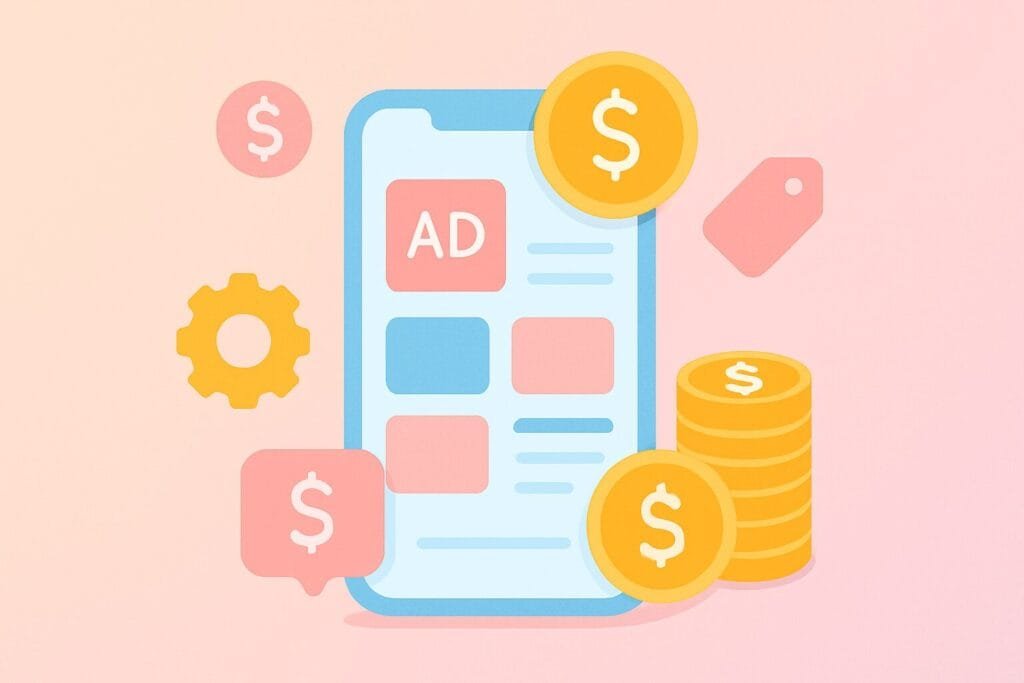Monetizing a mobile app is no longer just about ads. In 2025, developers have a wide range of monetization models to choose from, each with its own advantages, challenges, and suitability depending on the app type and audience. This article explores the most popular mobile app monetization models, from in-app purchases to freemium strategies, and helps you decide which one works best for your app.

Comparison Table of Monetization Models
| Monetization Model | Pros | Cons | Best For |
|---|---|---|---|
| In-App Advertising | Easy to implement, passive income | Can ruin UX, ad fatigue | Games, news, utilities |
| In-App Purchases | High revenue potential | Depends on user engagement | Games, shopping, education |
| Freemium Model | Attracts many users, scalable | Low conversion to paid | SaaS, productivity, tools |
| Paid Apps | Direct income | High install barrier | Premium tools, niche apps |
| Subscription Model | Recurring revenue | Requires constant value delivery | Fitness, streaming, education |
Choosing the Right Monetization Strategy
When choosing a monetization model, consider:
- User behavior and expectations
- App category
- Market trends
- Long-term sustainability
Freemium and subscription models are increasingly preferred due to their scalability and recurring revenue potential. However, hybrid models are often the most effective—such as offering a freemium app with in-app purchases and optional ads.
Tip for Developers
Use analytics to monitor user behavior and optimize your monetization funnel. Platforms like App Annie offer valuable insights into what works in your niche.
Final Thoughts
There’s no universal “best” monetization model. The key is matching the strategy to your app’s core value and audience behavior. Experiment, measure, and optimize for sustainable success.

